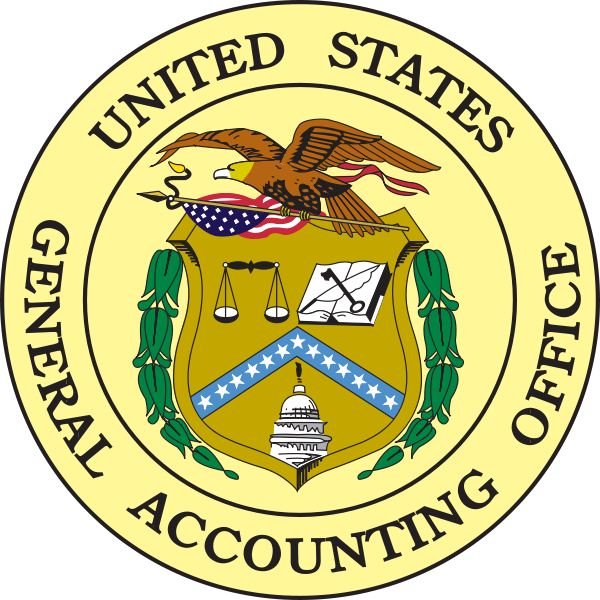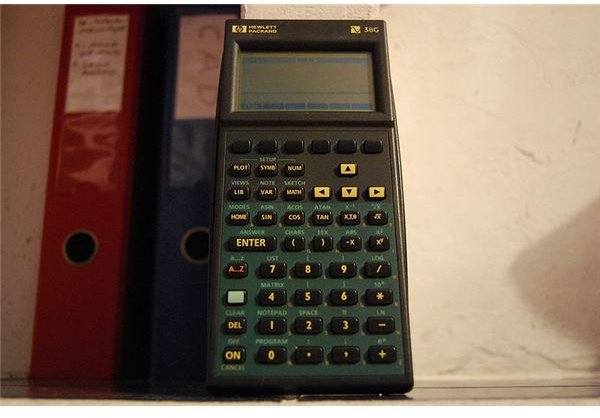Cost Recovery Method: Example & When to Use
First off, so you don’t get confused, there is something called the accelerated cost recovery system (ACRS) that is used more by tax professionals and certified public accountants (CPAs). It is basically a way to schedule depreciation rates in an accelerated way to reap the reward of tax credits at tax time as depreciation is an expense. ACRS is used for both personal and business tax returns and for businesses, it is generally used to depreciate equipment and other fixed assets.
The cost recovery method of accounting does save the business owner on paying some tax, but in reality, just defers the tax due until cost of sales are actually received. According to Accounting Tools, the “cost recovery method does not recognize any income on a sale until the cost of the item sold has been fully recovered through tax receipts.” But what does that mean to the small business owner?
Image Credit: Calculator HP38 (https://commons.wikimedia.org/wiki/File:Calculator_hp38g.jpg)
Example of the Cost Recovery Method

In the cost recovery method of accounting, although sales and cost of sales are recognized, if a sales account is a receivable, the gross profit of that sale is not counted until all the receipts are received. In other words, the cost of the product sold must be recouped before the transaction is recorded as a gross profit on the income statement. For example, say you sold a hot tub to a wholesale charge customer:
- Sales Revenue of Hot Tub - $10,000
- Cost of Sales - $ 5,000
- Gross Profit - $5,000
- Down Payment to A/R - $1,000
- Accounts Receivable - $9,000
In the above example, in order for the gross profit to be counted in any given tax year or period, even though the $1,000 down payment was received at time of sale, the gross profit is not considered or taxed until the entire $5,000 (cost of sales) is received ($1,000 deposit plus $4,000).
The cost recovery method of accounting directly affects the income statement that is an essential tool when preparing a business tax return.
This accounting method looks at both costs and revenues and although an accounts receivable journal may hold the journal entry detail on the example above, the gross profit is not recorded on the income statement until the entire cost of sales is recouped. This method is easily remembered by its name “cost recovery”; profits are not placed on the income statement until the entire cost of the item sold is recovered.
Read more on various accounting methods in Ciel Cantoria’s article US GAAP vs. International GAAP methods, along with Accrual Basis vs. Cash Basis methods of accounting.
Image Credit: Hot Tub (https://commons.wikimedia.org/wiki/File:Hot_tub.jpg)
Why Use the Recovery Method?

Most businesses that utilize the accrual method of accounting do not employ the recovery cost method within their financial books or records. In the accrual method, using the above example, both the sales and costs of sales would be recorded along with the gross profit of $5,000. The $1,000 down payment would be recognized as a cash receipt and the remaining $9,000 due, if not paid by the tax year end would remain on the financial records as an asset in an accounts receivable account. The accrual method would allow the business to show a gross profit of $5,000 on this particular transaction.
With the recovery method of accounting, the purpose is to not place the gross profit on the income statement until the entire cost of sale is achieved. If in the above transaction, this business had only received $2,000 out of the accounts receivable due by year end, this still would not cover the entire cost of the sale ($5,000). The gross profit would not be considered but would carry over to the next tax year until recouped. In order for the business to report income from this sale using the cost recovery method, it would have to receive the entire cost of sales to report the sale on the income statement and show a gross profit which in turn would be reported on a tax return as revenues and hence, taxed.
If a company were a pass through entity such as a Limited Liability Company (LLC) or an S-Corp, the use of this recovery cost method would really not affect the business taxes as pass through entities do not pay tax. In a pass through entity, all profits (or losses) for the accounting tax year are passed through to the partners or shareholders in the form of a K-1 statement that is used to prepare their personal tax return.
If a business were a sole proprietorship, the cost recovery method may be beneficial to avoid reporting the gross profit (and pay tax on that gross profit) until all costs of sales are collected or recovered. Further, a corporation or entity such as an LLC or S Corp would most likely have more expenses to offset income than would a sole proprietorship.
Image Credit: GAO Seal (https://commons.wikimedia.org/wiki/File:US-GeneralAccountingOffice-Seal.svg)
Resources
- The Motley Fool: Vince Hanks (4/6/2000) https://www.fool.com/dripport/2000/dripport000406.htm
- Accounting Tools (8/4/2010) https://www.accountingtools.com/revenue-cost-recovery-method
- Joydeep Chowdhury (Retrieved 8/3/2010) https://www.indiastudychannel.com/colleges/1111-Banwarilal-Bhalotia-College.aspx.
